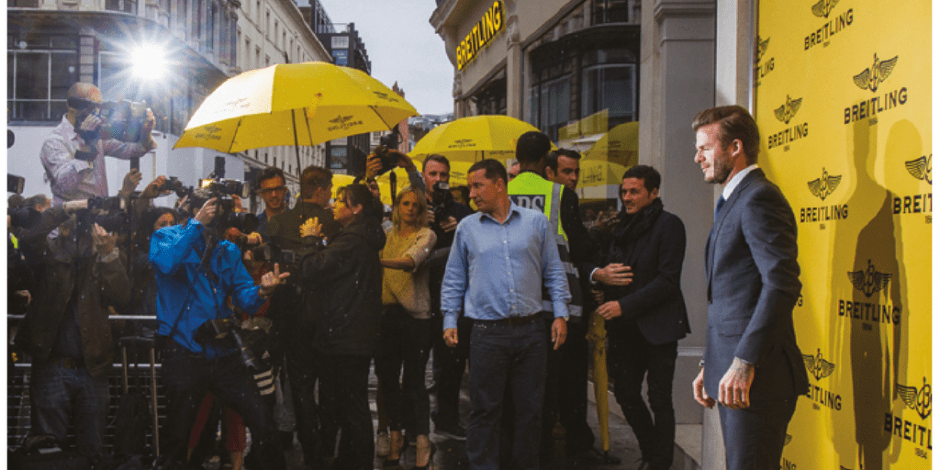By Rob Wilson
Brands are the engines of the luxury market. The red-soled Louboutins, the Mulberry tree, the Ferrari horse… without them, would people still buy the products they are emblazoned on? Maybe, but certainly not as many.
Luxury has always been about signalling status. Therefore, as a concept it is always evolving as people’s ideas about what confers status change. From the opulent luxury of most of the 20th century, recent years seem to have shifted to less conspicuous forms of consumption. This presents a challenge to luxury brands. Now they not only have to emphasise their quality, but also demonstrate their credentials in other ways that will appeal to the less conspicuous luxury consumer.
Marketers have often targeted campaigns at people based on broad demographic factors – their age, their gender – but we have found a much more effective way is to connect with people through their passion points. Whether that’s football, food or fashion, if you can connect to people through one of their passions it will create a much stronger connection between them and the brand. Through connecting with these communities of shared interest, you can also have a more effective influencer strategy. Whether you work with more traditional celebrities or social media stars, by targeting a particular community of interest you can ensure your influencers feel truly relevant to your target consumer. When we worked with Breitling to launch its flagship store, we worked with celebrities that were truly relevant to its target audience, whereas when we launched Garnier Moisture Bomb we worked with everyday women as that is who was relevant for its brand and the community it wanted to talk to.
Luxury brands need to appeal to younger audiences or risk falling sales. Luxury brands can often be seen as outdated to younger generations because of product perceptions or the heritage they celebrate. We are working with Johnnie Walker to help it change perceptions of whisky as a drink that isn’t for everyone and open it up to new audiences. Delivering campaigns globally, we are helping it highlight the different ways and different occasions to drink Johnnie Walker, emphasising that it is a drink for everyone and anyone.
To recruit younger audiences, luxury brands need to respond to our changing spending habits. We are living in the experience economy. The latest figures from Barclaycard, which processes around half of all of the UK’s credit and debit transactions, show a rise of 20% in spending in pubs in April this year compared to last year, with restaurants, theatres and cinemas also seeing rises. More than ever, the experience a brand delivers is key to convincing people to part with their cash and when your product has a luxury price tag, people expect a luxury experience.
Through research we conducted for one of our luxury clients, we found that the retail experience is a particularly important part of the buying journey for luxury consumers. Across the range of different people we spoke to, most expressed a desire for a personal experience, where needs could be openly discussed, as well as a rich experience where they could learn about the brand stories and values underpinning a product. If a brand can achieve both these things they are much more likely to convert.
Every bit of the brand experience, from in-store to brand communications, online to packaging matters, is an opportunity for a luxury brand to damage its luxury reputation. Whether that’s a bad retail environment or a piece of packaging that doesn’t feel as hand crafted and special as the product it contains, it is very easy for brands to lose their luxury status in the minds of potential buyers.
Delivering a total luxury experience wherever a consumer interacts with your brand is a difficult task, but it is a must for luxury brands. Some luxury brands are embracing the experience economy already – this summer Cartier partnered with the London Design Museum to curate an exhibition called Cartier in Motion, telling the story of their unique approach to watchmaking and the evolution of the modern wristwatch. We will see more luxury brands turning to experiential marketing in the future.
Luxury is a highly emotive concept. It is all about the experience, the touch, the taste, how it makes you feel. And it is all too easy to break the luxury feel at some point in the experience a consumer has of your brand.
By Rob Wilson
Rob Wilson is strategy and creative director at RPM.
This article was originally published in The Drum Network luxury special. You can get your hands on a copy here. To be featured in the next special focused on the charity sector, please contact [email protected].




